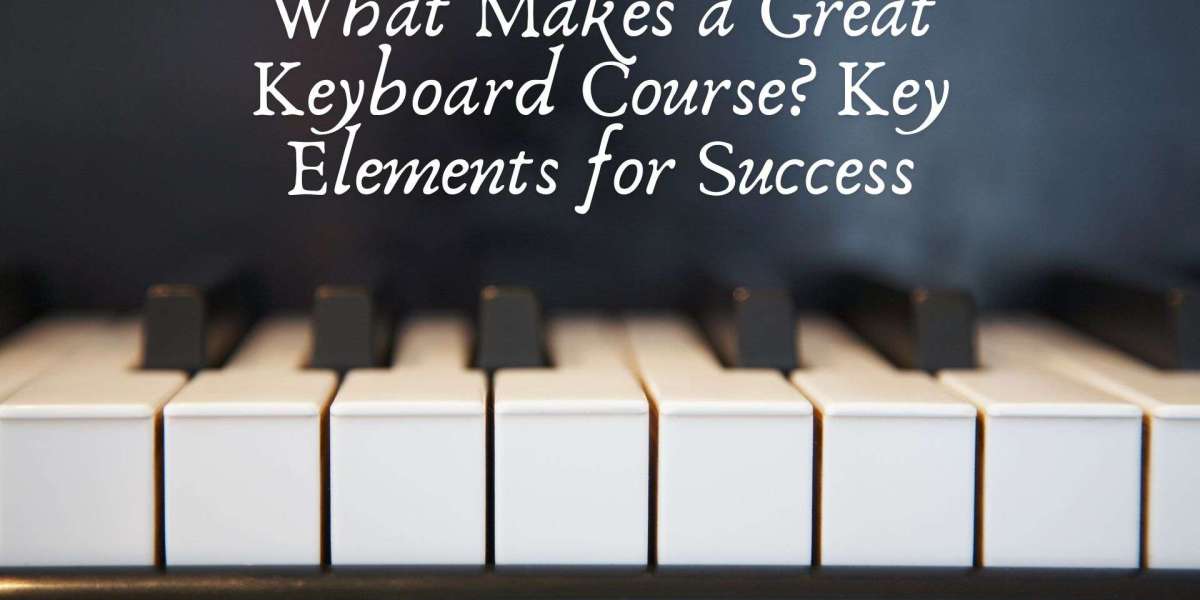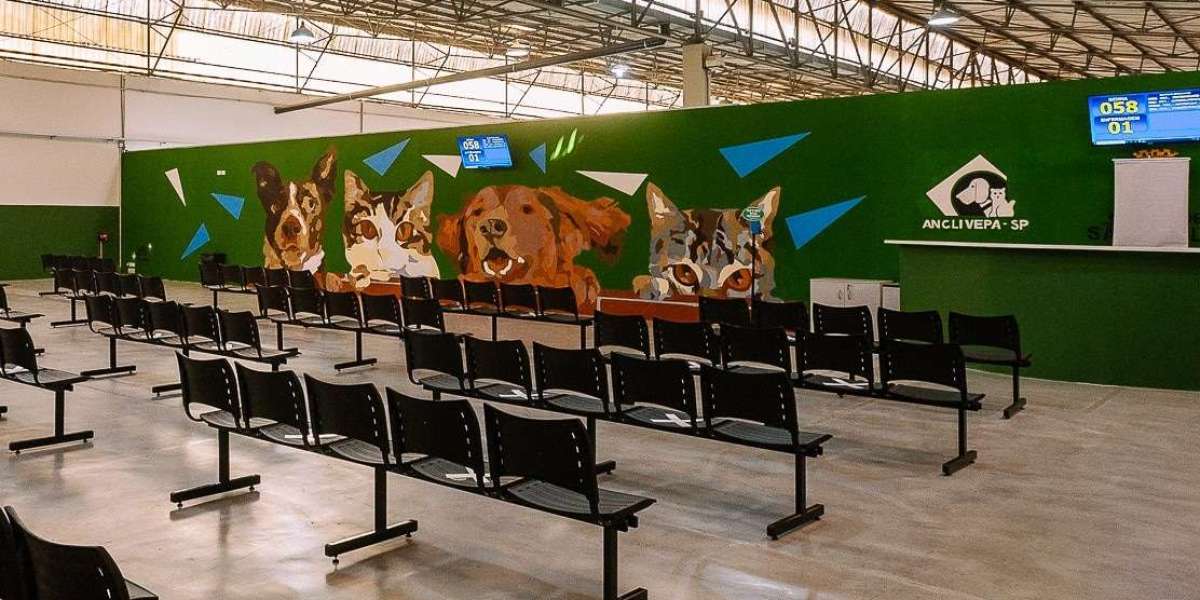Learning to play the keyboard is an exciting journey that opens the door to a world of musical expression and creativity. Whether you're a complete beginner or someone returning to the instrument after a break, choosing the right keyboard course can make a significant difference in your learning experience. But what exactly makes a keyboard course great? In this article, we explore the essential elements that define a high-quality keyboard course, helping students achieve their goals efficiently while enjoying the process.
Structured Curriculum with Clear Progression
A great keyboard course begins with a well-structured curriculum that is easy to follow and builds progressively. Students should start with foundational skills such as note reading, finger positioning, and simple melodies before moving on to chords, scales, and more complex compositions. A course that lays out a step-by-step path gives learners a clear sense of direction and purpose.
Key features:
Divided into levels or modules
Clear learning outcomes at each stage
Skill-building exercises and songs aligned with lessons
Qualified and Engaging Instructors
The effectiveness of a keyboard course is significantly influenced by the quality of its instructors. Great teachers not only possess deep knowledge of the instrument but also have the ability to communicate concepts in an engaging and easy-to-understand manner. Their enthusiasm can inspire students and make learning fun and interactive.
Look for courses with:
Instructors with formal music education or performance experience
Positive student reviews or testimonials
Clear and enthusiastic delivery of lessons
Balanced Focus on Theory and Practice
A high-quality keyboard course strikes a balance between music theory and practical application. While it’s essential to understand the basics of scales, chords, and rhythm, students must also get ample hands-on practice. Integrating theory with real playing helps deepen understanding and fosters musical independence.
A good course includes:
Music theory explained in context
Regular opportunities to apply theory in performance
Composition or improvisation exercises
Flexible Learning Formats
Today’s learners value flexibility. The best keyboard courses accommodate different learning styles by offering multiple formats, such as video lessons, written materials, audio tracks, and interactive software. This multimodal approach caters to visual, auditory, and kinesthetic learners.
Effective formats include:
Video demonstrations with close-up views of hand placement
Printable sheet music and practice guides
Play-along tracks and backing music
Opportunities for Feedback and Support
Regular feedback helps learners stay on track and improve their skills. Great keyboard courses provide mechanisms for students to get personalized input, either from instructors or through peer interaction.
Ideal support options:
Live classes or Q&A sessions
Instructor feedback on assignments
Student forums or practice groups
Variety of Musical Styles and Repertoire
To keep students engaged, a keyboard course should expose them to a variety of genres such as classical, pop, jazz, blues, and contemporary music. This diversity helps learners find their personal style and keeps the practice sessions fresh and exciting.
A great course offers:
Songs from different eras and styles
Themed modules (e.g., jazz improvisation or film music)
Customizable song choices based on student interest
Technology Integration and Practice Tools
In the digital age, keyboard courses that leverage technology can significantly enhance learning. Apps that offer visual aids, interactive exercises, or progress tracking tools make practice more effective and enjoyable.
Helpful tools include:
MIDI keyboard integration for real-time feedback
Metronomes and rhythm games
Apps that track accuracy and timing
Encouragement of Creativity and Expression
Ultimately, music is an art form. A truly outstanding keyboard course encourages students not just to reproduce notes, but to express themselves creatively. This could be through composition, improvisation, or personal interpretation of songs.
Creative features may involve:
Assignments to compose short pieces
Lessons on improvisation and musical storytelling
Freedom to adapt and interpret songs
Realistic Goals and Motivation Strategies
A great course sets achievable goals and celebrates progress. Motivation is maintained when students can see how far they've come and what lies ahead. Whether through badges, certificates, or recorded performances, these milestones fuel continued effort.
Motivational features:
Weekly or monthly goals
Visual progress trackers
End-of-module performance showcases
Affordability and Accessibility
Finally, a great keyboard course should be accessible. While quality should never be compromised, affordability plays a role in reaching a broader audience. Courses that offer tiered pricing, free trials, or lifetime access are more attractive to learners with different financial means.
Consider:
Value for money (number of lessons vs. cost)
Free introductory lessons or demos
Device compatibility (PC, mobile, tablet)
Conclusion
A great keyboard course is more than just a series of lessons—it’s an immersive experience that nurtures musical skill, creativity, and confidence. By offering a structured yet flexible curriculum, expert guidance, technological support, and room for self-expression, the right course can turn a beginner into a confident keyboard player. Whether you're learning for fun, performance, or professional growth, investing in a well-rounded course can make all the difference on your musical journey.







